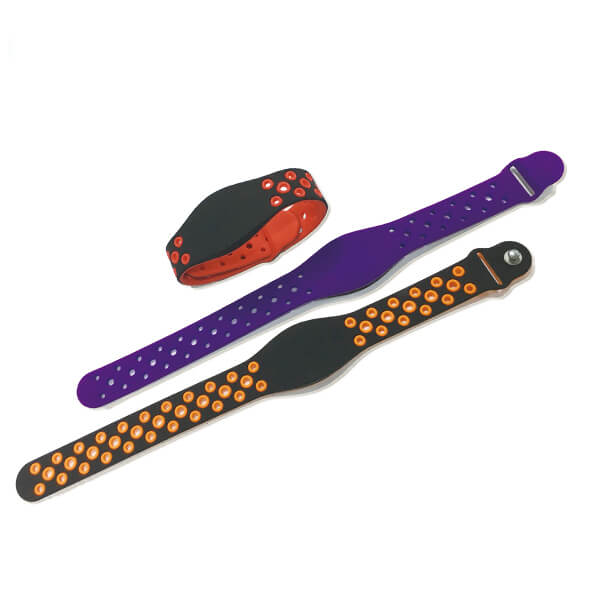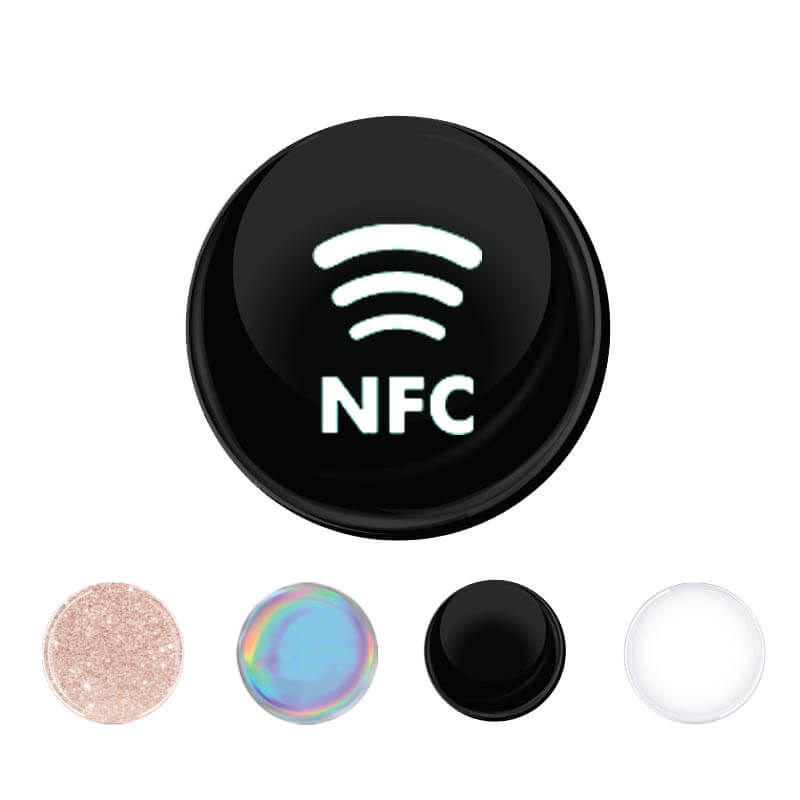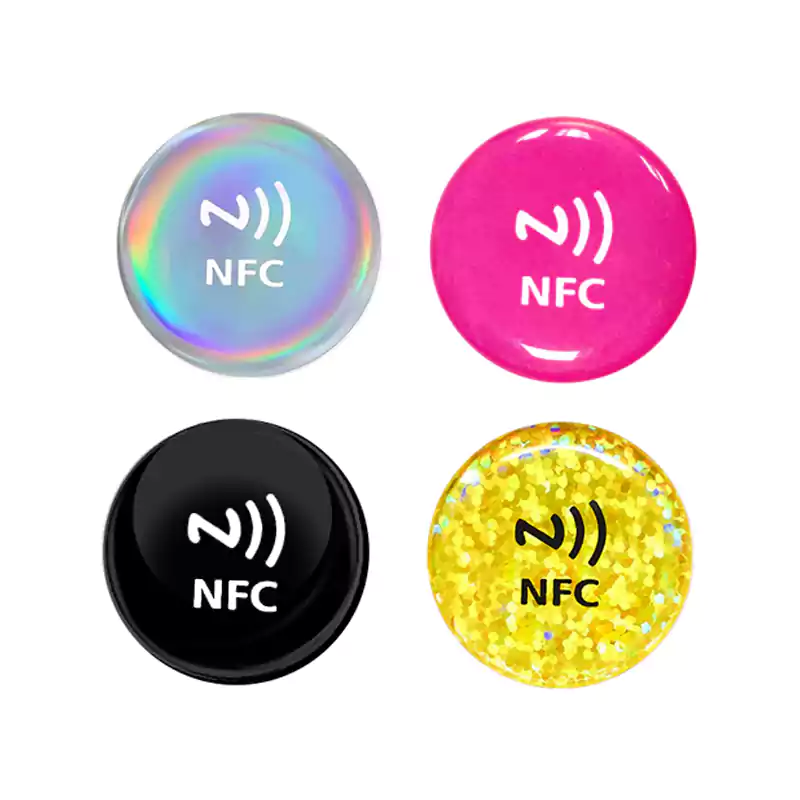Tool management is a necessary but often overlooked part of any business. To maintain an efficient & productive workplace, it is essential to keep track of tools and equipment.
Unfortunately, this can be a daunting task, especially for businesses with many employees and a lot of equipment. One way to streamline tool management is to use RFID tags. Here’s how:
What is RFID Technology?
RFID (radio frequency identification) uses electromagnetic fields/radio waves to identify and track RFID tags attached to particular objects. The tags contain electronically stored information that can be read from a distance without a line of sight, making it ideal for tracking tools and equipment.
How Do RFID Tags for Tools Tracking Work?
RFID tags for tools can help keep track of your equipment and inventory, as well as provide security and theft prevention. The technology follows these simple concepts:
- Attach an RFID Tag.
The primary component of an RFID system is the tag, which can be either active or passive. Active tags have their power source, whereas passive tags rely on the power emitted by the reader.
Each tag has a unique identifier (UID) that allows it to be tracked. The UID is typically stored in read-only memory (ROM) and cannot be changed.
When an RFID tag is brought into the magnetic field of an RFID reader, it can be powered up and read. The reader then sends the UID to a computer system, which uses software to track the tag’s location.
- Install RFID Reader System
An RFID reader system consists of one or more readers, each with one or more antennas. The reader system is connected to a computer, which runs software that tracks the tags.
Handheld RFID readers are preferred in many applications as they can be used to scan tags in hard-to-reach places. This property is critical for tool management since many tools are used in difficult-to-access areas, such as in between machinery.
Fixed RFID readers are also used in some applications. For example, a construction company might install a fixed reader at the entrance to a job site. This would allow the company to track which employees and equipment enter and leave the site.
- Install Compatible Software
This software is used to track the location of RFID tags. It typically includes a database that stores information about each tag, such as its UID, location, and owner.
The software is also tuned to analyze data & generate reports. This information can be used to prevent theft and ensure that all tools are accounted for.
Some software can also generate alerts, such as when a tool is removed from its designated location. This feature can thwart attempts at theft and help recover missing tools.
Where RFID Tags for Tools Are Used
These tags can be used in any environment where tools are used. They are especially useful in the following areas:
- Construction. A typical construction site has many tools, ranging from hand tools to heavy machinery. Due to the complexities of the construction process, it is often difficult to keep track of all the tools. RFID tags can be used to track the location of each tool and ensure that they are returned to their proper place when not in use.
- Hospitality. Hotels and restaurants often have many small items, such as glasses and silverware. Keeping track of all these items can be a challenge, but RFID tags can help. By tagging each item, the hospitality industry can keep better track of its inventory and reduce losses due to theft or breakage.
- Hospitals. In this high-stakes environment, it is critical to keep track of all medical equipment. RFID tags can be used to track the location of each piece of equipment and ensure that it is sterilized and ready for use. For example, an RFID tag can be placed on a surgical instrument to ensure that it is properly sterilized before each use.
- Manufacturing Companies. A manufacturing company often has a large number of tools and machines, which can be difficult to keep track of. Some are small yet critical items, such as drill bits, that can be easily lost. RFID tags can be used to track the location of each tool and machine, making it easier to find them when they are needed.
- Tool Manufacturers. Companies that make tools can use RFID tags to track the location of each tool during the manufacturing process. This information can be used to improve production efficiency and ensure each tool is accounted for.
Benefits of Using RFID Tags for Tools
There are many benefits to using RFID tags for tools, including the following:
- Improved Efficiency. By tagging each tool, you can quickly and easily find the one you need. This is especially helpful in a large construction site or manufacturing plant, where there are many tools.
- Reduced Losses. RFID tags can help prevent theft and loss by allowing you to track the location of each tool.
- Improved Safety. In some cases, such as with hospital equipment, it is critical to ensure that each item is properly sterilized before use. RFID tags can be used to track the location of each item and ensure that it is sterilized before use.
What to Look for in an RFID Tag for Tools?
When choosing an RFID tag for tools, there are several factors to consider, including the following:
- Compatibility. Make sure the tag is compatible with your software. This will ensure that you can track the location of each tool.
- Readability. Choose a tag that can be read from a distance. This will make it easier to track the location of each tool, especially if they are spread out over a large area.
- Durability. Choose a tag that is durable and weatherproof. This will ensure that it can withstand the rigors of construction or manufacturing.
- Cost. Compare the cost of different tags to find one that fits your budget.
Overall, RFID industrial tags are a helpful way to keep track of tools. By choosing the right tag, you can improve the efficiency of your work and prevent losses due to theft or breakage.
Related articles:
- Why You Need RFID Jewelry Tags?
- Use of RFID Technology in Hospitals – 7 Things You Can Track
- A Guide to RFID Tags Types And What are they Difference
- 10 Ways RFID Technology is Already in Your Life!
- RFID on Metal: A Few Things You Should Know about RFID and Metal Surfaces
- RFID for Files and Archives Management










